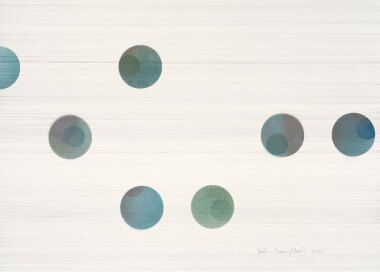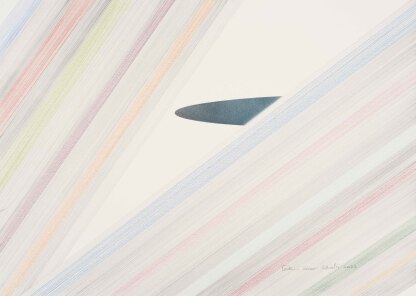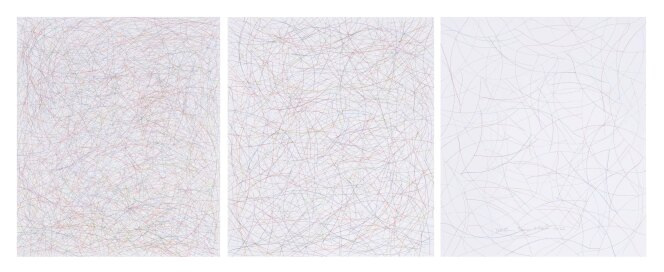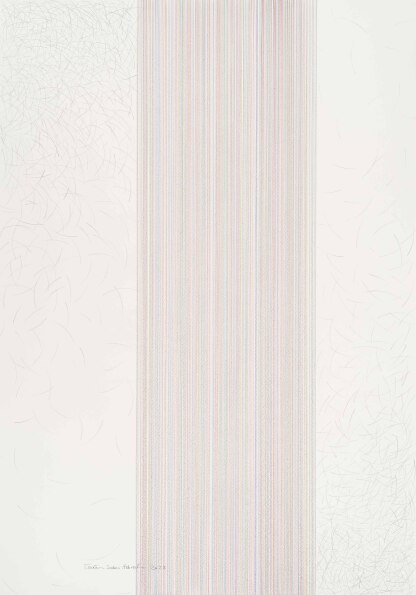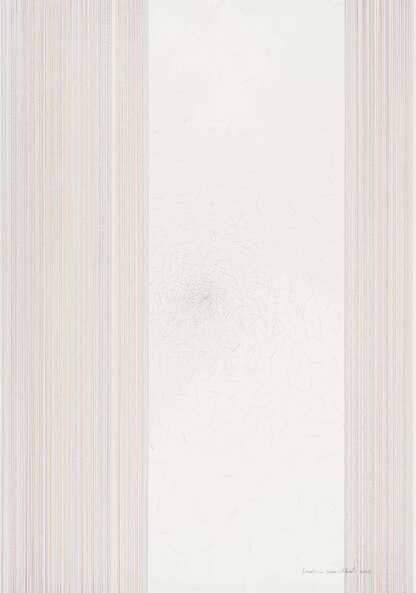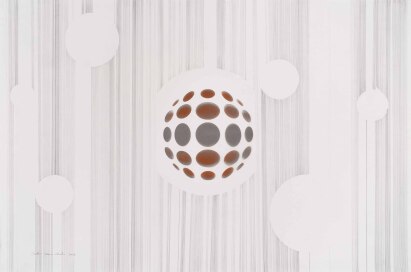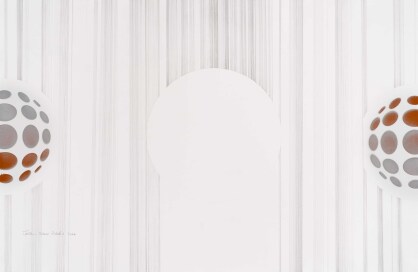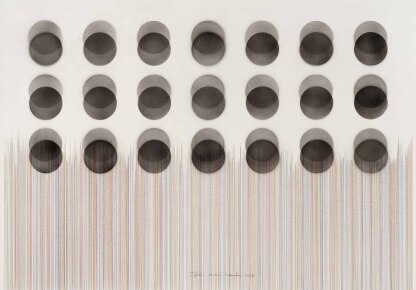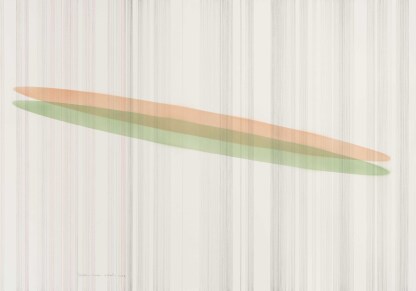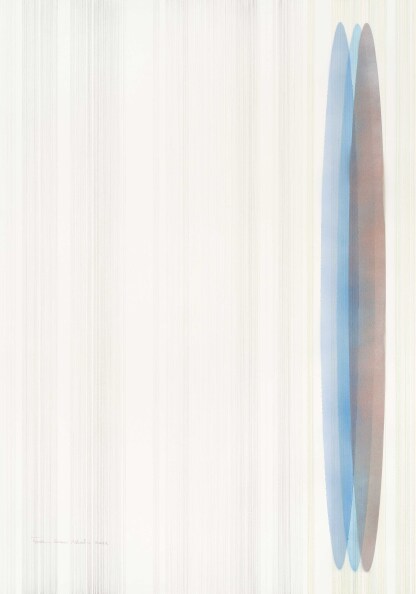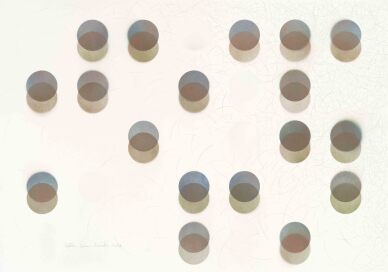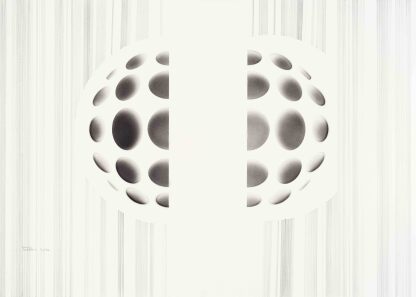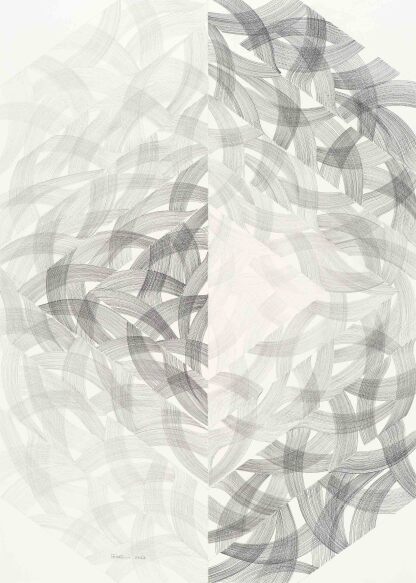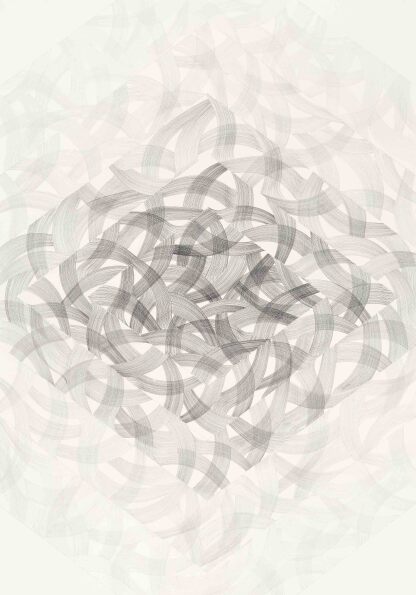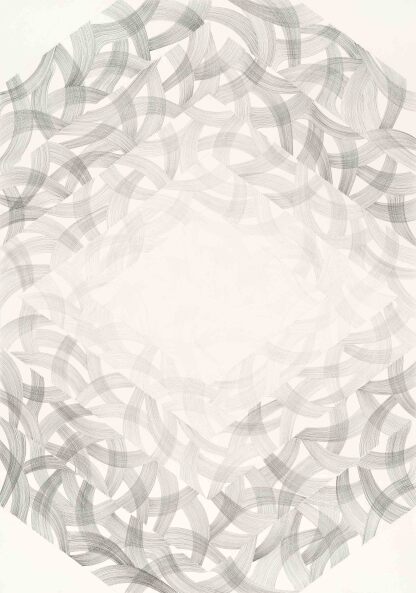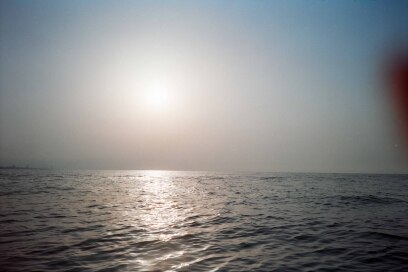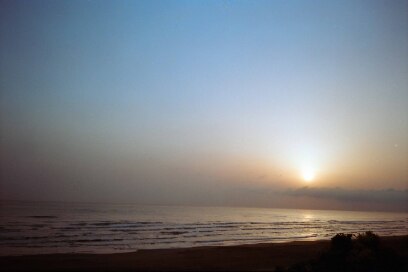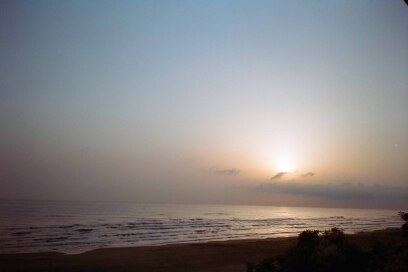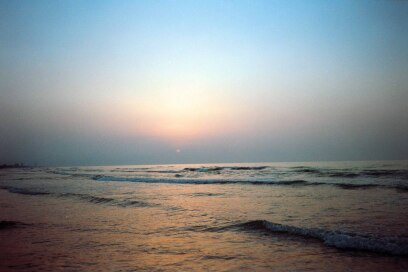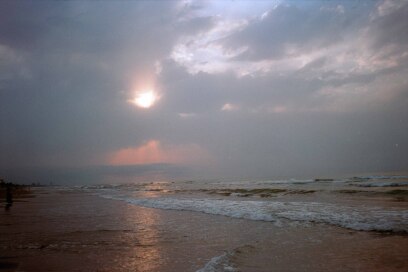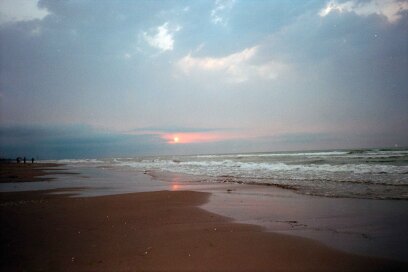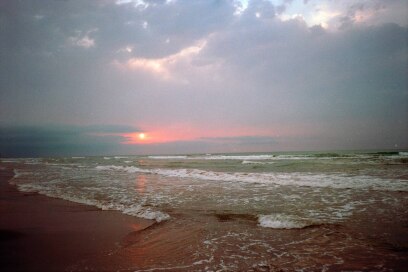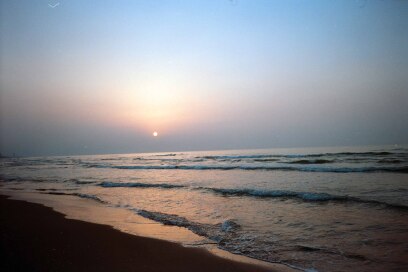How should man, who has always considered himself the center and axis of existence, accept that the earth orbits around the sun like a pebble? In this case, the importance of human being and on top of that the importance of religious matters is weakened. The most noble of all the creatures is sitting on a piece of rock rotating around the sun, while every other entity must go around this unique child of the universe! So perhaps the best thing to do was to avoid the telescope Galileo invented! One of the most terrifying human realizations was discovering that the earth is not the center of the universe. The result of this discovery was highly similar to the eating of the forbidden fruit by Adam. This was probably the origin of human knowledge about decentralization. The main concept of this series originates from decentralization and centralization. Images are defined in relation to the center, moving away from the center, expansion, and space. The reading of a work, be it from the "center" of power or the middle and even merely the focus of the image, can be different in individual perception and how one encounters each work. Considering their specific definitions, "expansion" and "space" can be redefined in an abstract sense in order to provide us with a fresh experience. In this case, "space" more specifically refers to field or area rather than a place or location. Space as field or area is comprehensible through viewing and reading of the works. Furthermore, the word "expansion" here does not simply mean development, but more precisely translates to enlargement and structural dissemination in the context which here is the work. Finally, the present series attempts to create an intermediary narrative of centrality, expansion, and space in relation to what we perceive through the eyes.
- If a spectrum is supposed to, at the same time, spread in four directions from dark to bright or the other way around, it should inevitably extend in the opposite-- directions- from the center, and in the regular integration of these two modes (dark to bright and vice versa) both spread and develop inversely and simultaneously. We are expanding.
- Space in an abstract situation (in contrast to natural tendency) decides by itself where to include, and in this case, even somewhere outside of each work is considered an area of the same work.
- Symmetry in the image and the inclination toward the center is rooted in a clear desire for order. Is it possible to maintain a fabricated order by disrupting the focus and creating structural expansion next to the central form? - Is it possible to relate the layered quality and the confluence of surfaces to the depth and change in the point of view towards the so-called two-dimensional surface?
Toktam Saberi Ashrafi, August 2022
